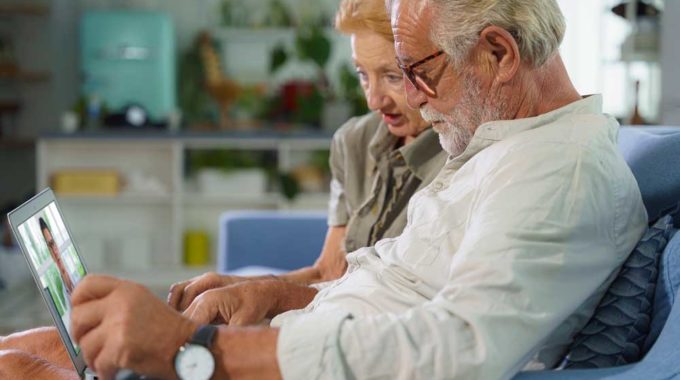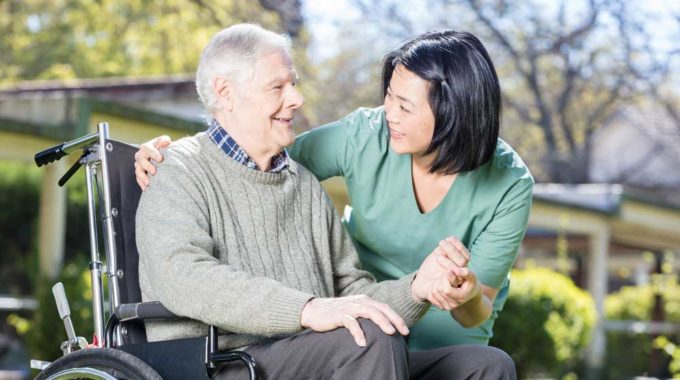Hospice Compare: Input and Advocacy: Hospice Leaders’ Opportunity to Guide the Process Given that both…

Telehealth and Hospice: COVID-19 Creates a Paradigm Shift – Part 2
2.
Telehealth and Hospice: COVID-19 Creates a Paradigm Shift – Part 2
Seven Lessons Learned:
From Training and Professionalism to
On-Call Coverage and Grief Support
Lesson 1: Technical Support and Training Enhance a Smooth Implementation
While time was of the essence for all hospices this past spring, Bluegrass Care Navigators in Kentucky made sure they provided training and technical support for those expected to use telehealth during COVID-19. According to Stephanie Greene, vice president and chief hospice officer at Bluegrass, their IT department created a comprehensive resource guide and set of instructions for providers to use in conducting a telehealth visit. They also provided a virtual telehealth support team to help providers navigate their early virtual visits, supplemented by “super users” who became comfortable with the technology early in the process.
Bluegrass started by training its nurses, some of whom became part of the “super user” team, then moved through its other providers, including social workers, physicians, and chaplains.
Lesson 2: Permission to Use Clinical Judgment Lowers Provider Concerns
To help improve providers’ comfort level with telehealth, Greene said they encourage staff to use their critical clinical judgment when deciding whether an in-person or a technology-based visit was best. “If they feel they need to see a patient on-site, we tell them to do so,” she explained. “But when a personal visit is not necessary, we strongly encourage our providers to use Zoom. This has given everyone comfort, knowing that if they really feel strongly about it, they can choose to visit in person.”
Lesson 3: Visit Consistency Adds to Professionalism
Bluegrass also felt it was important to offer some consistency to patients, regardless of which provider was “visiting” via telehealth. They were aided by an already existing patient visit design system.
“We use a standardized approach to our patient visits, which we designed in partnership with Multi-View, Inc.,” Greene said. “We adapted telehealth visits to that framework. The ‘visit design’ system has standardized how we introduce ourselves, approach patients emotionally, and assess their home environment – basically every aspect of a patient visit. When we implemented telehealth, we added to this design by offering providers guidance on lighting, their home background, essentially how their personal ‘presentation’ would come across online. This helped to ensure professionalism.”

